Ataúlfo House is designed around Mexican light and natural ventilation
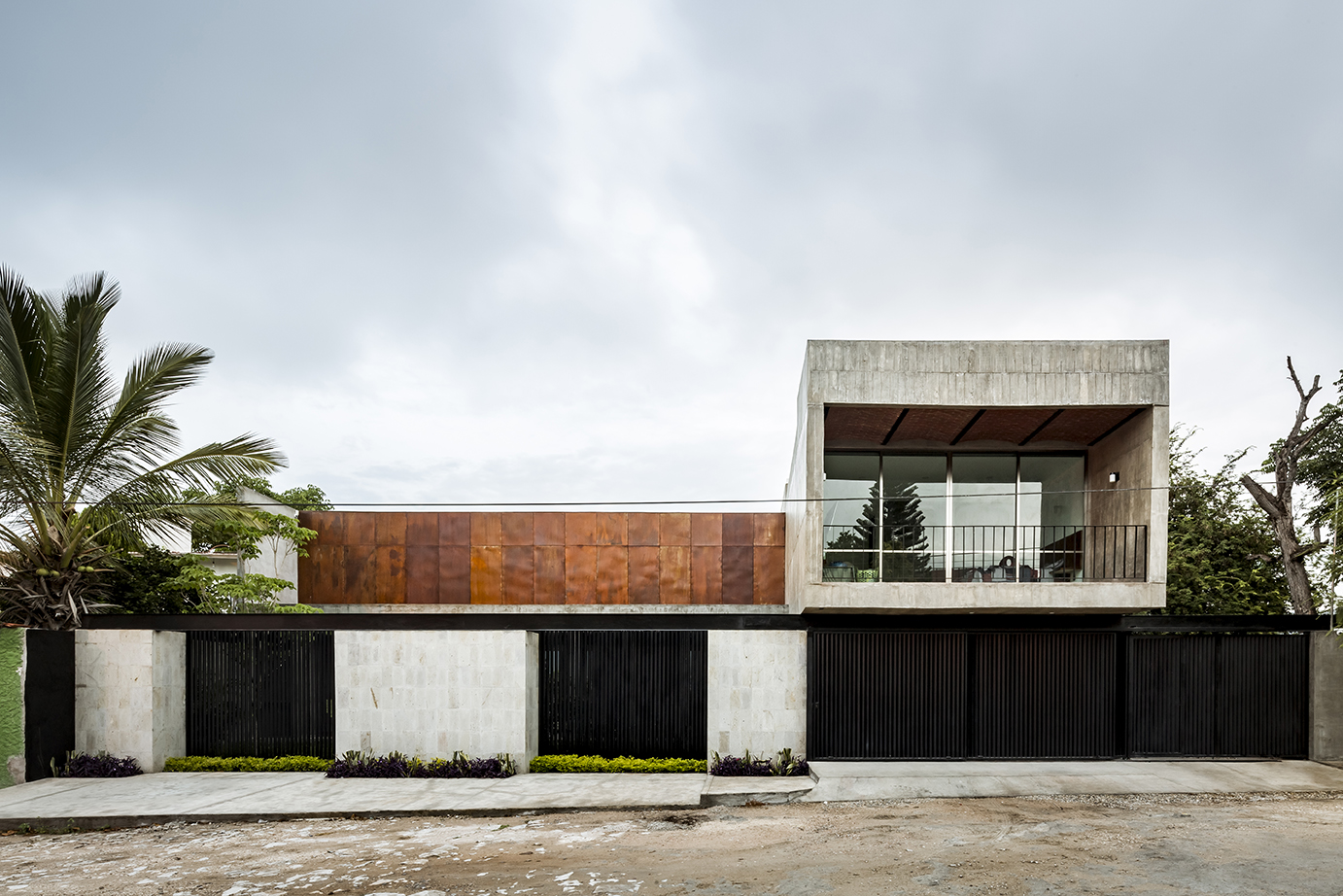
The abundance of year-round light in Mexico has been a boon for local architects, as each successive generation is becoming increasingly adept at finessing spaces that harness both its presence and, even more critically, its absence.
As Luis Armando Gómez Solórzano, the director of Tuxtla Gutiérrez-based Apaloosa Estudio de Arquitectura y Diseño says, ‘everything is light in architecture, so knowing how to absorb it, sift it and distribute it is the architect's great challenge.’
By any yardstick, it’s a challenge that he and his team have solved with admirable results in the Ataúlfo House, a spacious five-bedroom aerie in Castillo Tielmans, an old residential neighbourhood of Tuxtla Gutiérrez, the capital of the south-east Mexican state of Chiapas.

The commission is located in the city of Tuxtla Gutiérrez, the capital of the south-east Mexican state of Chiapas.
Named for the mango tree that is indigenous to the area and which grows on its grounds, Ataúlfo House is a sensitive response to a number of site variables, among them, its proximity to the main road and the heat basin created by the path of the sun.
The challenge of designing the house, says Solórzano, was to passively optimise light and natural ventilation. To that end, a terrace of brick vaults and a façade of polyurethane and steel plates shield the house from the worst of the afternoon heat, whilst leaving the north façade open to prevailing winds and views of Tuxtla Gutiérrez and the rugged hills of Cañón del Sumidero.
The interior space – highly vaulted to slow down the storage of heat – is washed in an alternating palette of filtered light and cool shade, the expansive mood accented by swathes of exposed reinforced concrete and structural steel, alongside warm panels of locally sourced huanacaxtle and parota timber.
Ambient temperature and exterior noise are further regulated by a landscaping of regional trees and vegetation that forms natural sunshades and micro-climates amidst the long corridors and patios. All of which gives Ataúlfo House the kind of cooling measures which we are so fond of.
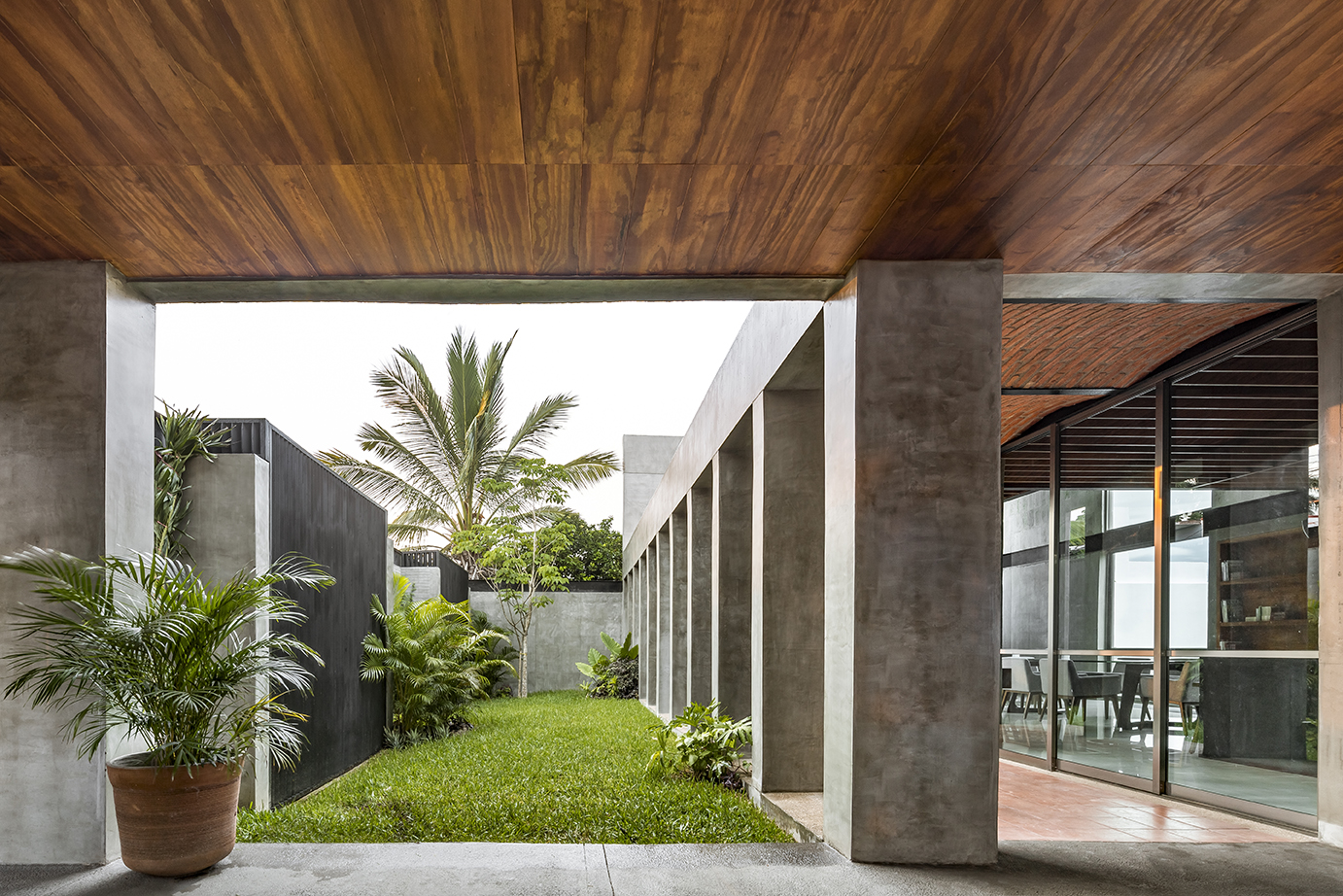
The house is a spacious five-bedroom aerie in the neighbourhood of Castillo Tielmans.

Through their design, the architects aimed to maximise natural light and ventilation.
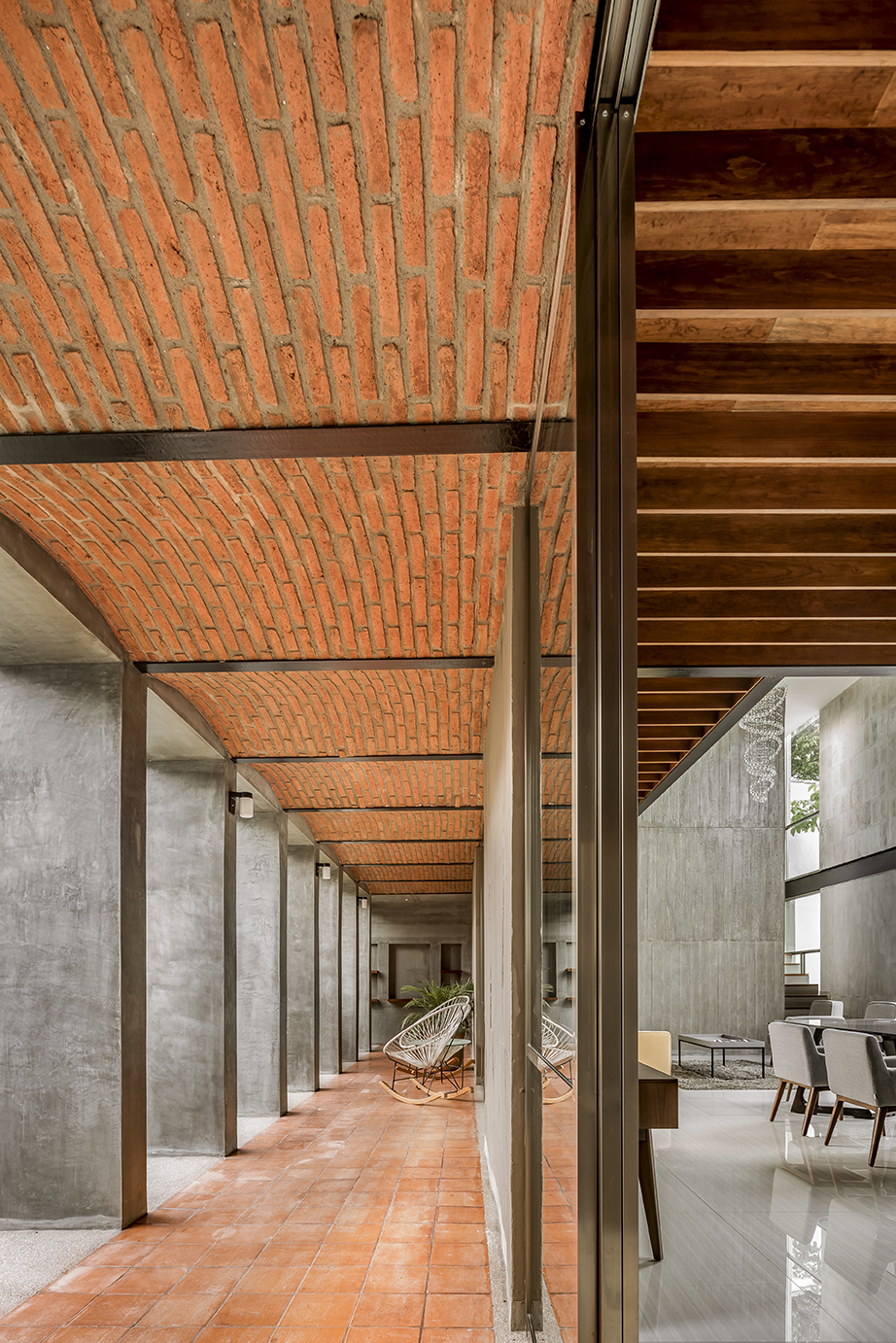
A colonade ensures filtered light and cool shade.

The interior is highly vaulted to slow down the storage of heat.

Timber is contrasted by raw concrete in a striking balance.
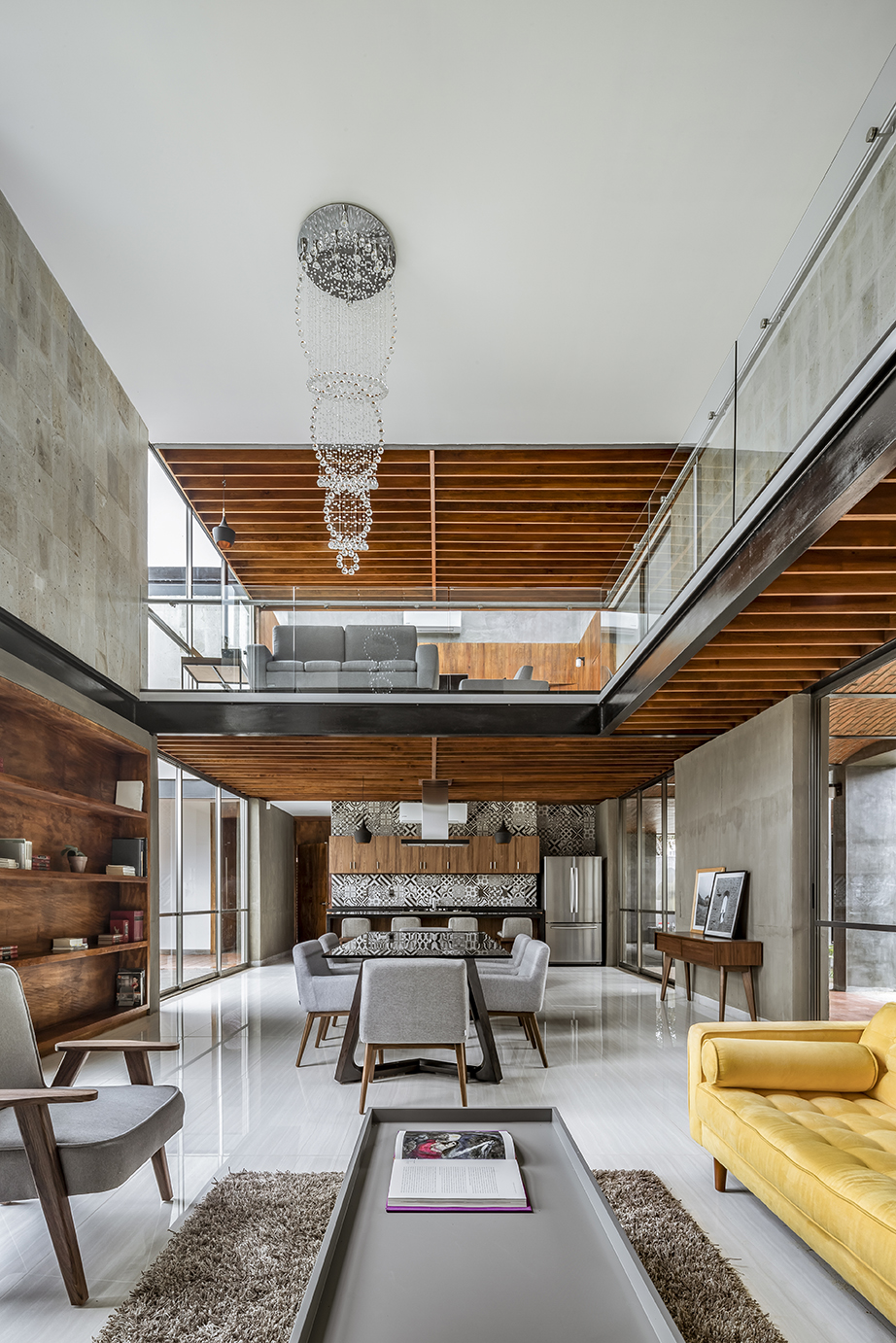
Parts of the spaces are clad in warm panels of locally sourced huancaxtle and parota timber.
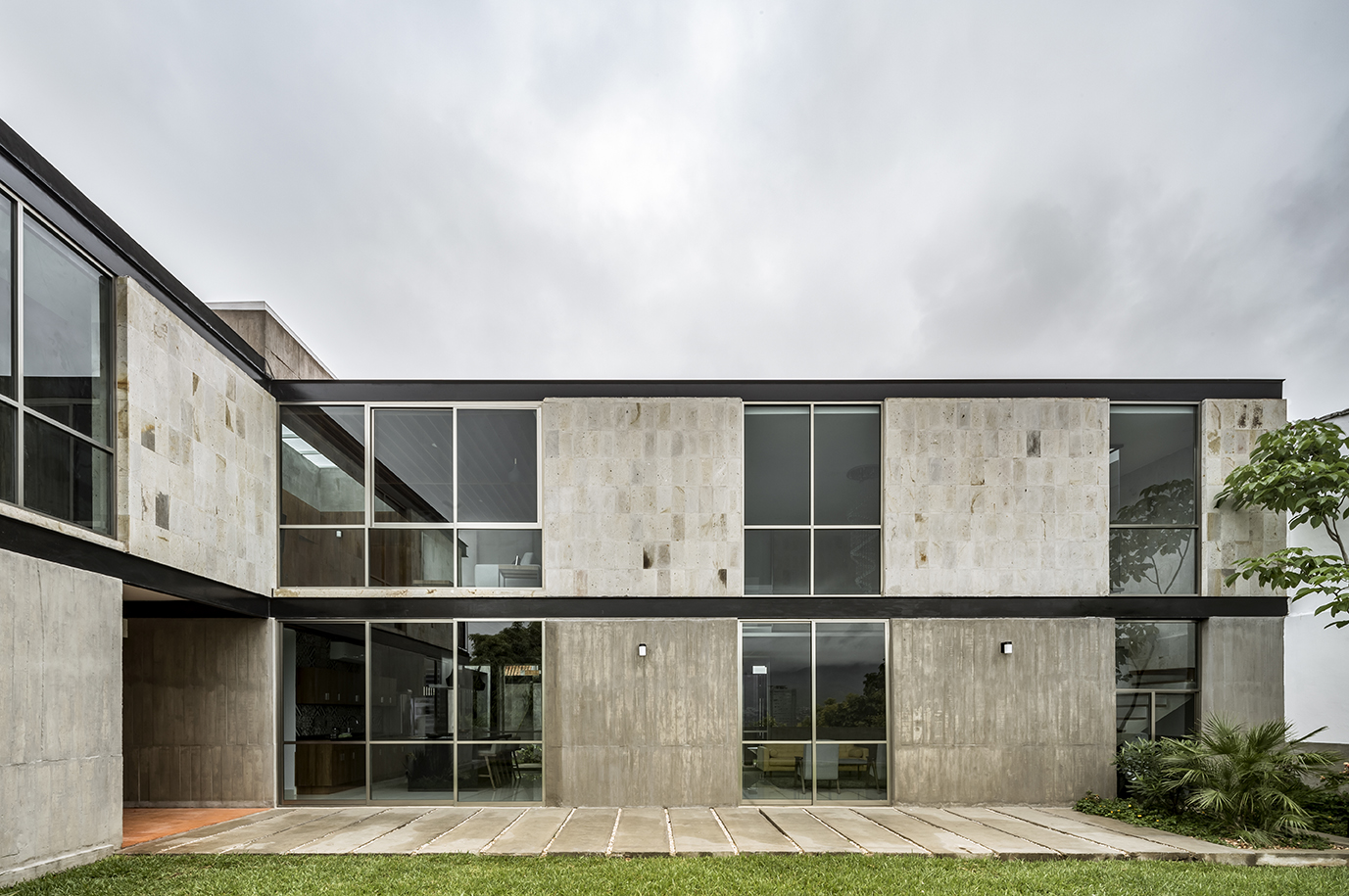
The project was named for the mango tree that is indigenous to the area and which grows on its grounds.
INFORMATION
For more information, visit the Apaloosa Estudio de Arquitectura y Diseño websit
Receive our daily digest of inspiration, escapism and design stories from around the world direct to your inbox.
Daven Wu is the Singapore Editor at Wallpaper*. A former corporate lawyer, he has been covering Singapore and the neighbouring South-East Asian region since 1999, writing extensively about architecture, design, and travel for both the magazine and website. He is also the City Editor for the Phaidon Wallpaper* City Guide to Singapore.
-
 Messika imbues minimalist diamond jewellery with a contemporary edge
Messika imbues minimalist diamond jewellery with a contemporary edgeMessika embrace sharp angles and precious materials in a striking jewellery piece
-
 Seven covetable accessories designed to improve your Apple experience
Seven covetable accessories designed to improve your Apple experienceWe present a clutch of cultured accessories for all things Apple, from chargers to cases, straps and keyboard covers
-
 How Abidjan's Young Designers Workshop is helping shape a new generation of Côte d'Ivoire creatives
How Abidjan's Young Designers Workshop is helping shape a new generation of Côte d'Ivoire creativesIn the first in our Design Cities series, we look at how Abidjan's next generation of creatives is being nurtured by an enlightened local designer
-
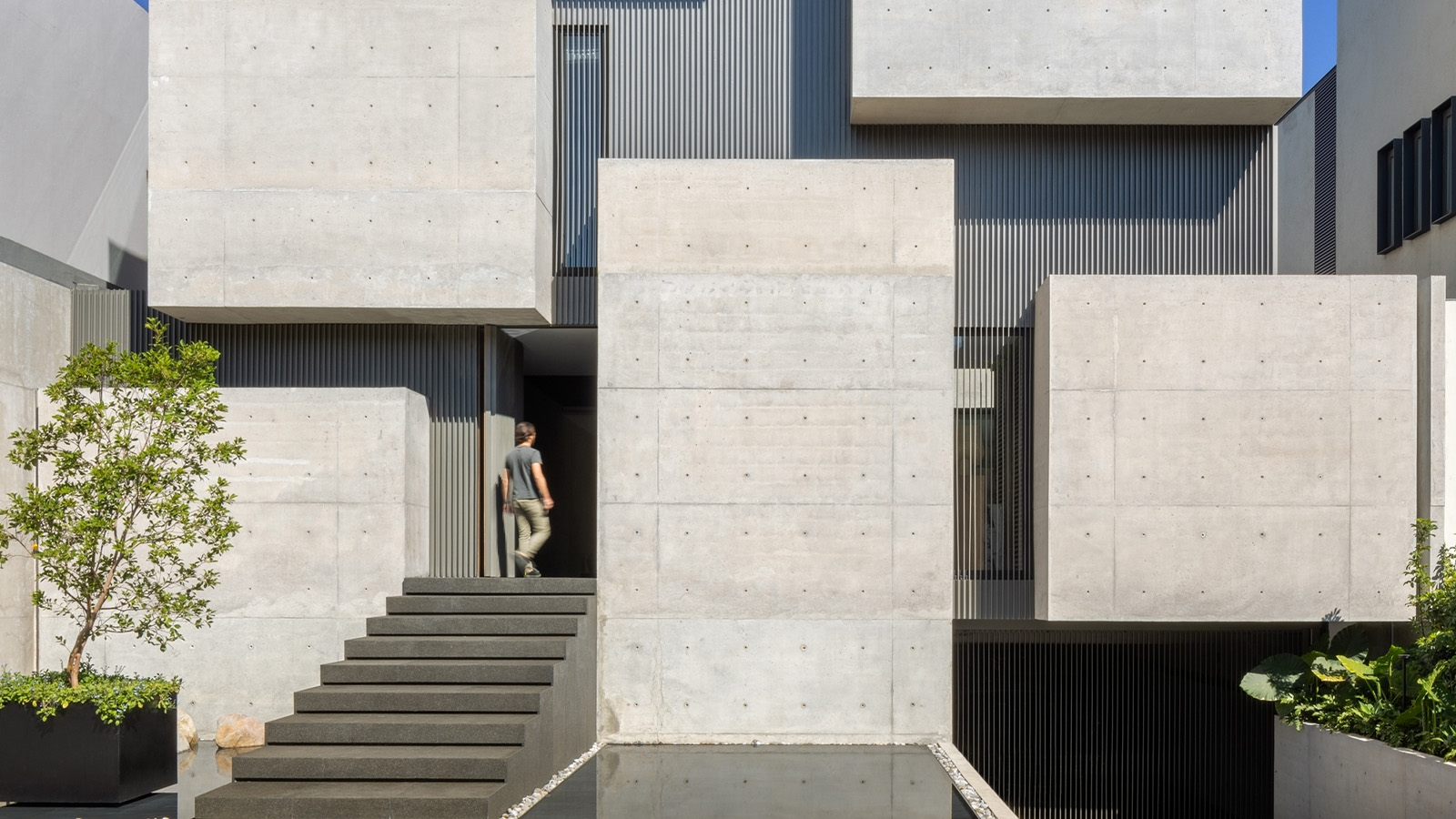 A cubist house rises in Mexico City, its concrete volumes providing a bold urban refuge
A cubist house rises in Mexico City, its concrete volumes providing a bold urban refugeCasa Ailes, a cubist house by Jaime Guzmán Creative Group, is rich in architectural expression that mimics the dramatic and inviting nature of a museum
-
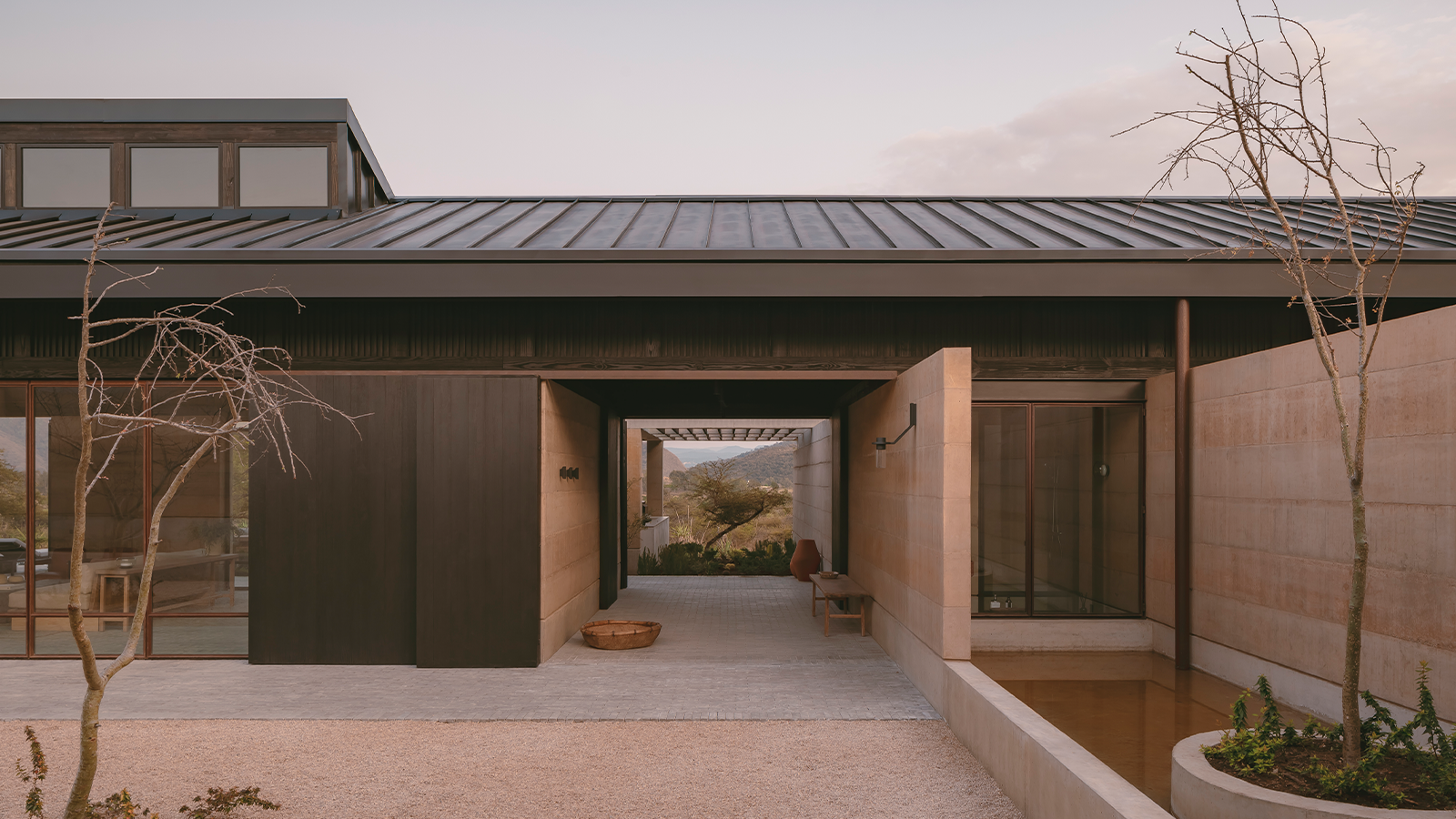 Serenity radiates through this Mexican home, set between two ravines
Serenity radiates through this Mexican home, set between two ravinesOn the cusp of a lakeside town, Mexican home Casa el Espino is a single-storey residence by Soler Orozco Arquitectos (SOA)
-
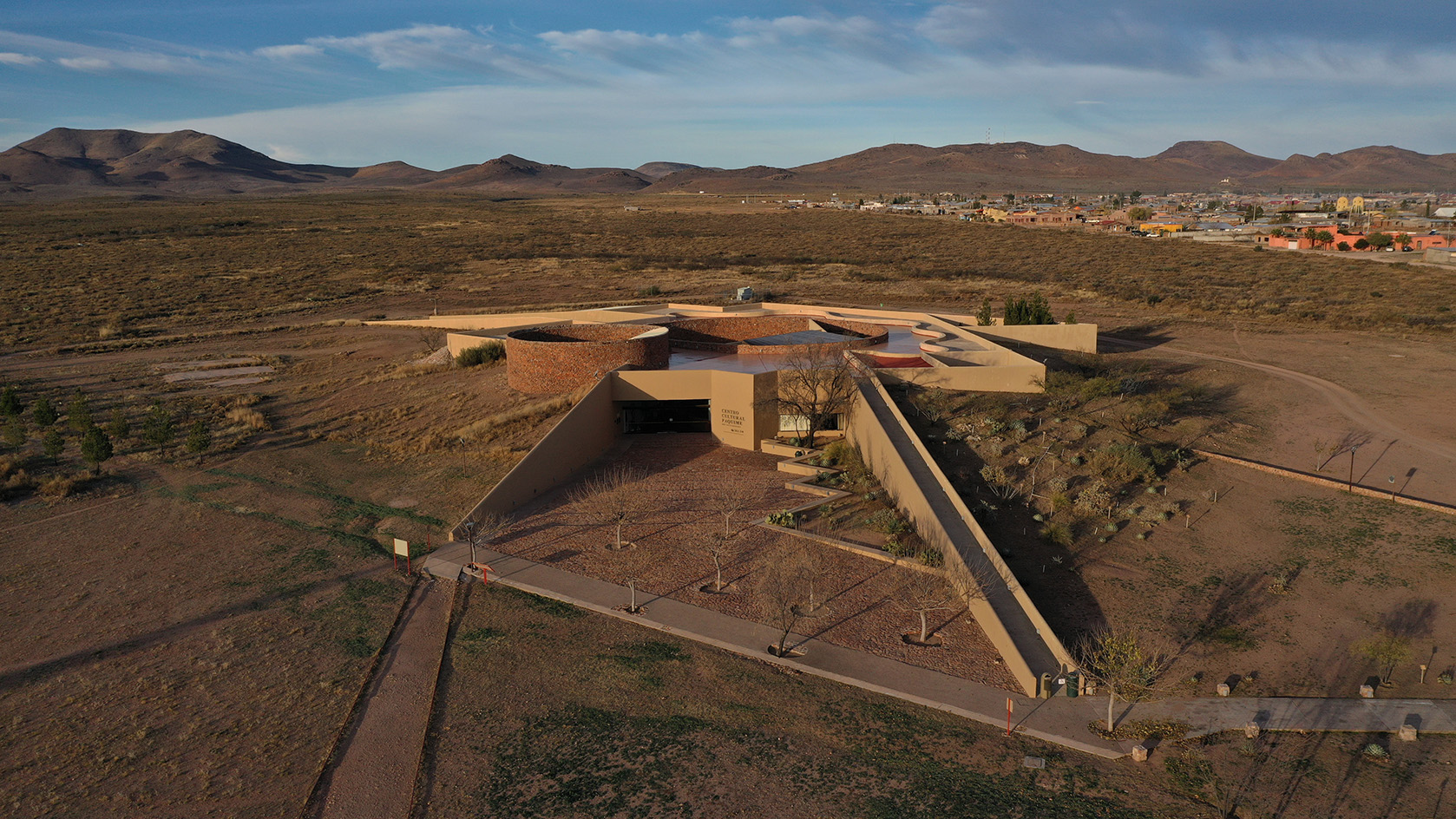 Mexican landscape architect Mario Schjetnan's Grupo de Diseño wins 2025 Oberlander Prize
Mexican landscape architect Mario Schjetnan's Grupo de Diseño wins 2025 Oberlander PrizeThe 2025 Oberlander Prize goes to Mexican landscape architect Mario Schjetnan and his studio, Grupo de Diseño, highlighting the creative's motto: 'We have a human right to open space'
-
 The Architecture Edit: Wallpaper’s houses of the month
The Architecture Edit: Wallpaper’s houses of the monthThis September, Wallpaper highlighted a striking mix of architecture – from iconic modernist homes newly up for sale to the dramatic transformation of a crumbling Scottish cottage. These are the projects that caught our eye
-
 A beautifully crafted concrete family house in a Mexican suburb is a contemplative oasis
A beautifully crafted concrete family house in a Mexican suburb is a contemplative oasisHW Studio have shaped a private house from raw concrete, eschewing Brutalist forms in favour of soft light, enclosed spaces and delicate geometries
-
 A Mexican clifftop retreat offers both drama, and a sense of place
A Mexican clifftop retreat offers both drama, and a sense of placeCasa Piscina del cielo, a clifftop retreat by Zozaya Arquitectos, creates the perfect blend of drama and cosiness on Mexico's Pacific Coast
-
 Broken up into six pavilions, this brutalist Mexican house is embedded in the landscape
Broken up into six pavilions, this brutalist Mexican house is embedded in the landscapeSordo Madaleno’s brutalist Mexican house, Rancho del Bosque, is divided up into a series of pavilions to preserve the character of its hillside site, combining concrete, curves and far-reaching views
-
 The Architecture Edit: Wallpaper’s houses of the month
The Architecture Edit: Wallpaper’s houses of the monthWallpaper* has spotlighted an array of remarkable architecture in the past month – from a pink desert home to structures that appears to float above the ground. These are the houses and buildings that most captured our attention in August 2025